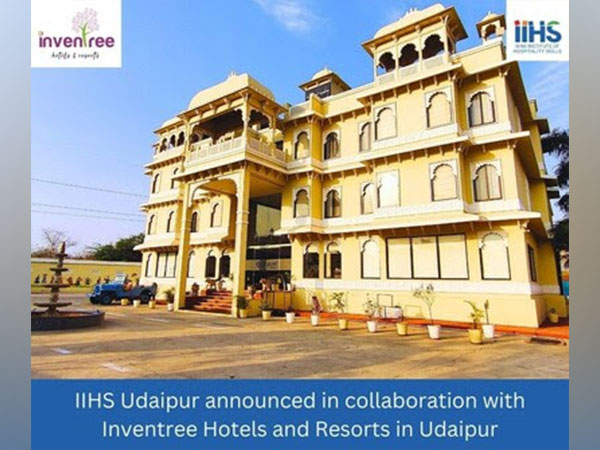By Amrit Prakash
Bundi (Rajasthan) [India], June 26 (ANI): The National Highways Authority of India (NHAI) created the country’s first dedicated wildlife corridor on a national highway in a groundbreaking initiative blending infrastructure development with environmental conservation.
The 12-kilometre stretch, part of the Delhi-Mumbai Expressway, passed through the buffer zone of Ranthambore Tiger Reserve and featured five wildlife overpasses and India’s longest underpass to facilitate safe animal movement.
This marked the first time an expressway in India was designed not just for human transport but also to protect the habitat and lives of wild animals, including tigers, bears, and other endangered species.
The corridor, developed with input from the Wildlife Institute of India and the Ministry of Environment and Forests, lay in an ecologically rich region between Ranthambore and Chambal Valley, home to diverse wildlife.
According to Pradeep Attri, Regional Officer, NHAI, “This 12-kilometre stretch was one of the most challenging sections of the entire Delhi-Mumbai Expressway. It falls within the buffer zone of the Ranthambore Wildlife Sanctuary, which is home to highly diversified flora and fauna. So, during both construction and post-construction operations, we had to be extremely cautious to ensure that the natural habitat of the animals could coexist with the highway.”
He added, “We consulted with the Wildlife Institute of India, and under the guidance of the Ministry of Environment and Forests, we constructed five dedicated wildlife overpasses, carefully maintaining the natural contouring of the landscape to allow free movement of animals. Where we are standing right now, it’s hard to believe, but the eight-lane expressway actually runs below us, and this entire structure above is an overpass exclusively built for animal movement. Each of these five overpasses is 500 meters long.”
In addition to the overpasses, a 1.2-kilometre wildlife underpass was built for large mammals. Nearly 5 kilometres of the highway were constructed either elevated or sunken to preserve the natural topography. A 4-meter-high boundary wall and 2-meter sound barriers were also installed to prevent wildlife from straying onto the road and to minimise stress from traffic noise.
Attri further said, “During construction, we did observe frequent animal movements in the area. To manage this, we deployed manpower approximately every 200 meters to ensure that no animal accidentally wandered into the construction zone or faced any harm. We are proud to say that despite being in such a sensitive zone home to tigers, bears, and various other species, not a single untoward incident occurred during the construction phase. In fact, post-construction, we have captured several instances of tiger and bear movements through these passages on camera.”
He emphasised, “This is India’s longest animal overpass corridor. We have maintained 2.5 kilometres of the stretch in complete alignment with the natural terrain, making it the longest wildlife overpass of its kind in the country.”
Beyond safe passage for wildlife, the project adopted several eco-friendly features. Around 35,000 trees were planted along the stretch. Rainwater harvesting systems were installed every 500 meters, and drip irrigation methods reduced water usage by over 50 per cent. The expressway also used modular formwork and low-waste construction techniques for a sustainable build.
This project stood as a model of eco-sensitive infrastructure, offering a new standard for future highway developments in India and setting a precedent for balancing progress with preservation. (ANI)
Disclaimer: This story is auto-generated from a syndicated feed of ANI; only the image & headline may have been reworked by News Services Division of World News Network Inc Ltd and Palghar News and Pune News and World News
HINDI, MARATHI, GUJARATI, TAMIL, TELUGU, BENGALI, KANNADA, ORIYA, PUNJABI, URDU, MALAYALAM
For more details and packages

















